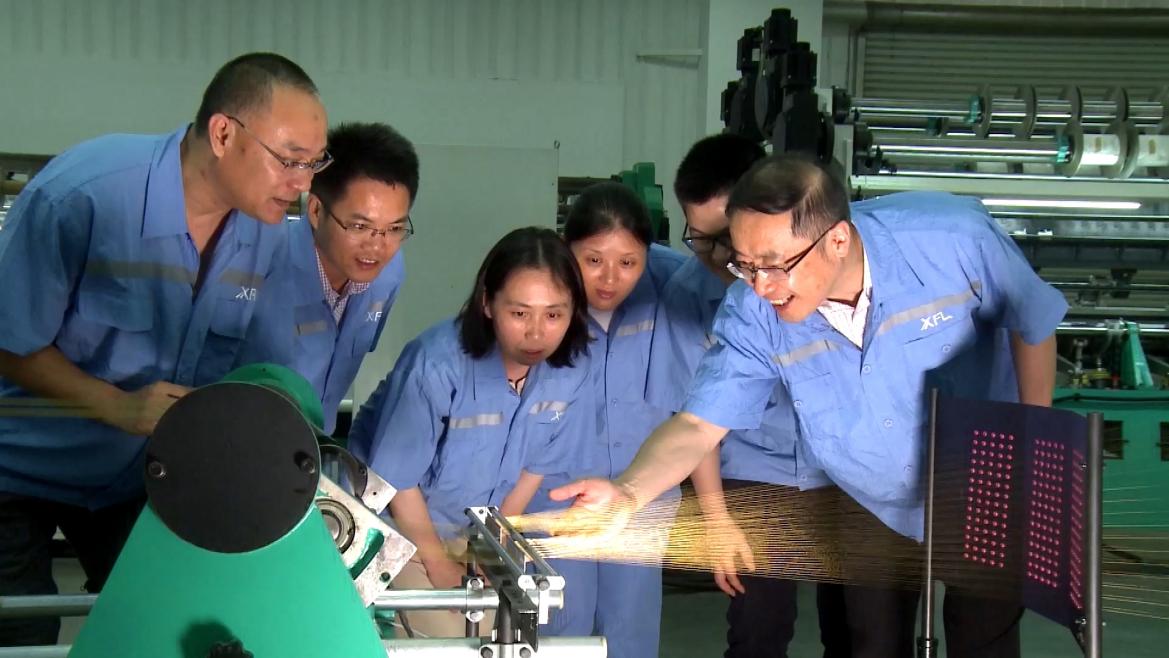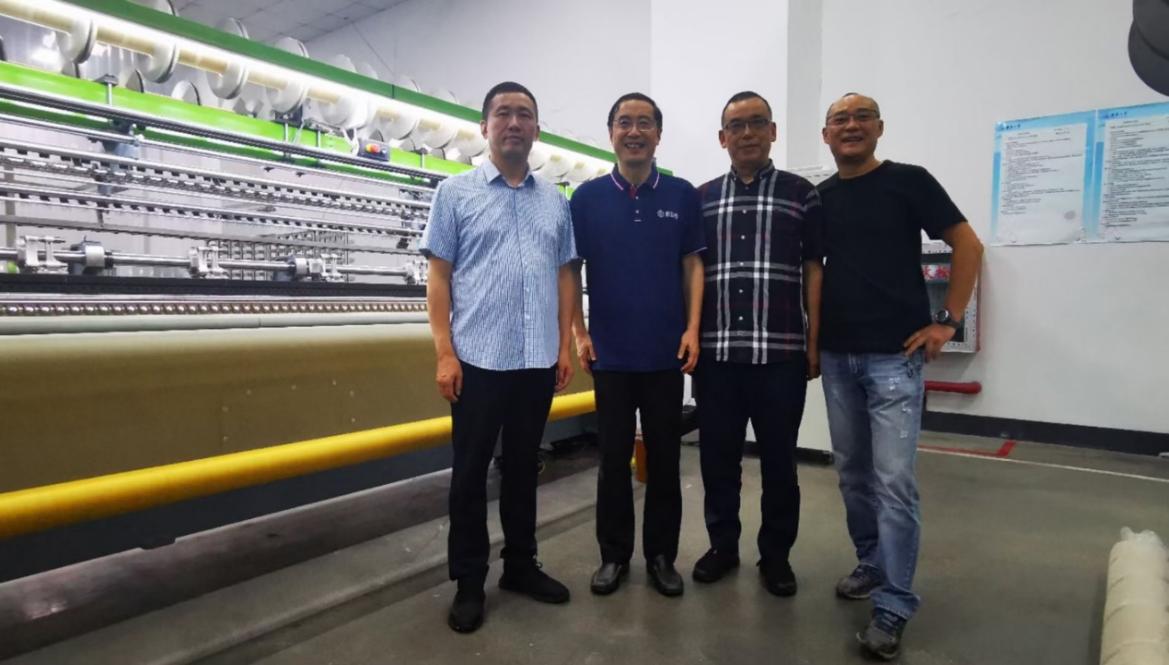The China National Space Administration (CNSA) recently announced that China has successfully launched the world’s first high-orbit synthetic aperture radar (SAR) satellite, L-SAR4 01. The satellite features a large ring-shaped SAR antenna that has been smoothly deployed, marking the satellite’s official commencement of operations. The pioneering work behind this achievement is attributed to the innovative efforts of Prof. Chen Nanliang’s research team from the College of Textiles at DHU. Their breakthrough development, the “ultra-fine metal monofilament mesh fabricmicrotension weaving technology”, has enabled the fabrication of a novel ultra-light reflective surface material for the satellite’s expansive deployable antenna. This accomplishment again underscores DHU’s research prowess and impact on China’s aerospace endeavors.
L-SAR4 01, equipped with a generously proportioned annular unfolding reflective surface, presently boasts the largest caliber, most intricate structure, greatest number of deployment stages, and longest development timeline among China’s antennas. Prof. Chen Nanliang’s team collaborated with Changde Textile Machinery Co., Ltd. to discard conventional mesh warp weaving paradigms, ushering in the innovative “micro-tension” warp-knitted mesh fabric weaving technique and corresponding equipment. This groundbreaking approach markedly reduces the weight of the new antenna’s reflective surface. The expansive ring-shaped antenna deployment area is akin to the size of a basketball court, significantly elevating the reflective surface area of the antenna and enhancing the communication capabilities of high-orbit satellites.
As the globe’s pioneer high-orbit SAR satellite to enter the project implementation stage, L-SAR4 01’s singular imaging coverage encompasses nearly 1/6 of China’s landmass. It effectively integrates census and fine modes, setting it apart as China’s foremost remote sensing satellite within the industry. Its future operational deployment will further refine China’s space-based disaster monitoring system, enrich observation capabilities in critical regions, and comprehensively elevate the nation’s disaster prevention, mitigation, and relief capabilities.

(Prof. Chen Nanliang’s Research Team at Work)

(The Team and Manufacturers Working on the New Equipment)


